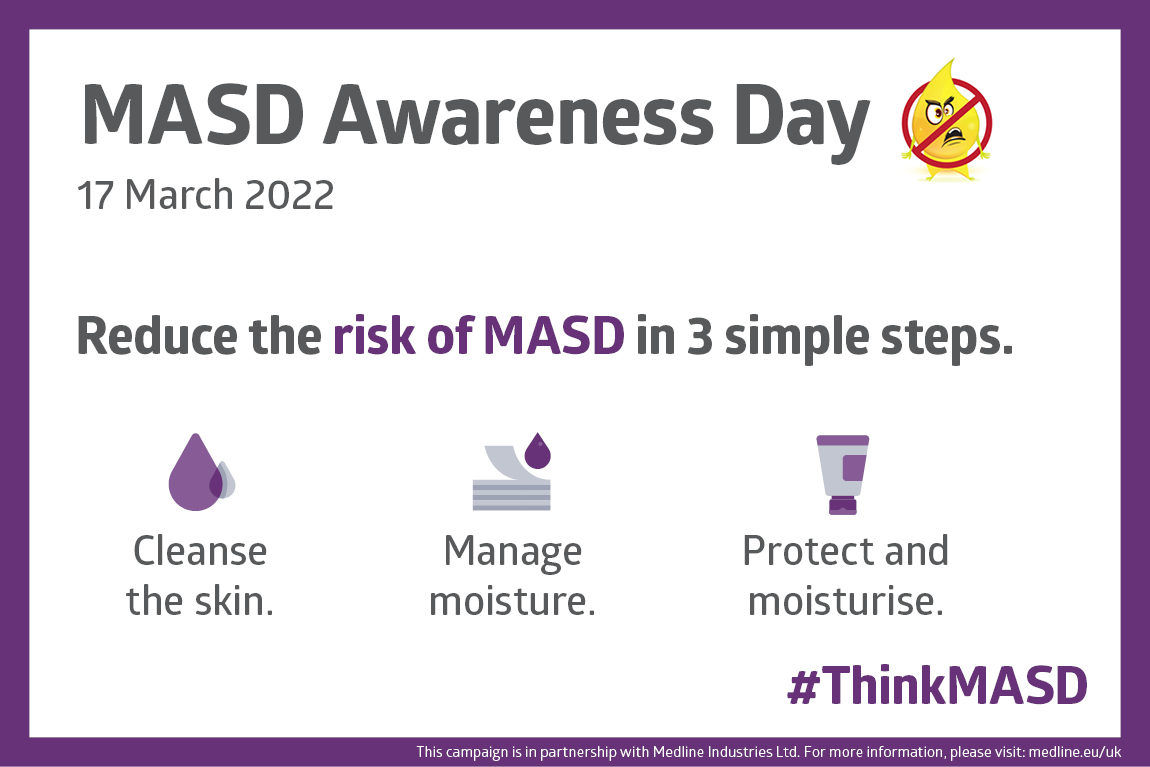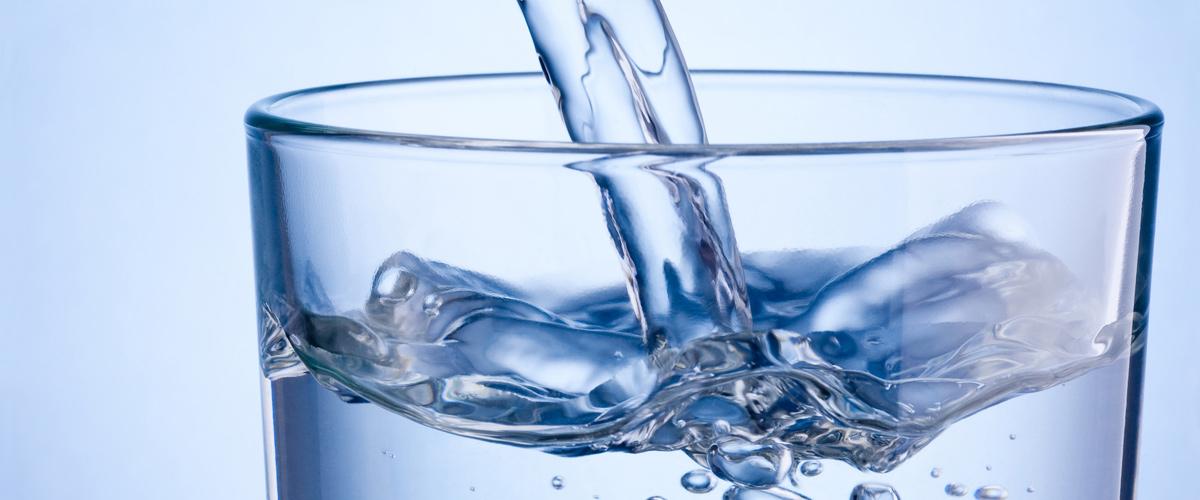The support shown for the inaugural Moisture-Associated Skin Damage (MASD) Day in March shows how important this issue has become. However, the day will only be worthwhile if it helps to deliver long-term change. Early indications are very positive with 97 per cent of respondents to the MASD Awareness Day survey1 saying the knowledge they gained will change their practice.
Still, as with any change management project, engaging employees, implementing change in phases, and communicating that change effectively are key to a successful outcome. This was demonstrated in the MINIMISE moisture™ quality improvement (QI) initiative at Liverpool Heart and Chest, led by Tissue Viability Nurse Consultant, Julie Tyrer. Once implemented, 96 per cent of staff reported being able to identify high-risk patients more effectively, as well as provide better quality care—resulting in a threefold reduction of MASD.2
Right product, earliest opportunity
An integral part of this QI initiative was ‘right product, earliest opportunity’. In other words, it highlights the benefit of staff using the right product as soon as they have identified a patient at risk of moisture damage, rather than just managing the issue when it developed.
This meant tackling issues like the inappropriate use of procedure and incontinence pads as part of product standardisation to reduce variation in standards of care.
Inappropriate use of pads
As we work with teams, particularly in areas like critical care, we have seen where the inappropriate use of procedure and incontinence pads is still evident. Not only can this be an ineffective approach to managing bodily fluids, it can exacerbate the situation, increasing risks for the patient.
Examples of inappropriate use we regularly see are:
- Procedure pads, which can hold fluid against the skin and cause excess perspiration, being kept under a patient for a prolonged period
- The use of incontinence pads like a patchwork quilt under a patient to try to contain excess bodily fluids, leading to additional pressure points for the patient.
In addition to the likelihood of these practices increasing risk, they can contribute to the burden of already overstretched teams. Many of the team members we work with tell us that ‘makeshift’ solutions, like the incontinence pad patchwork quilt, can lead to extra full linen changes. It reportedly takes three people about 20 minutes to complete each change whilst also disrupting the patient.
Minimising the risk of MASD
MINIMISE Moisture initiatives
Part of the standardisation undertaken in the MINIMISE Moisture QI initiative was the introduction of new evidence-based protocols to reduce incidences of MASD. Combined with MASD awareness and education that was fun and engaging, the new protocols facilitated the introduction of new solutions. These include 3M™ Cavilon™ Advanced Skin Protectant and the targeted use of moisture-wicking products like Medline’s Ultrasorbs Drypads.


Medline’s Ultrasorbs Drypads
Medline’s moisture-wicking product, Ultrasorbs Drypads, are now used extensively in critical care units, especially for patients who are catheterised and have a bowel management system in place.
The combination of a breathable backsheet and superabsorbent core locks bodily fluids away from the skin and provides better containment. This helps lower the number of full linen changes critical care teams have to undertake. In addition, it helps with patient temperature regulation, leading to a lowered risk of perspiration.


Vicky Hogg
Product Manager Regional, Medline UK
Vicky has over 25 years of experience in the UK healthcare industry. Graduating with a Bachelor’s degree in psychology and communications, she joined the pharmaceutical industry, working in primary and secondary care for 5 years. Vicky later moved into medical devices where she has had a range of product specialist roles over the last 20 years.
References:
1. MASD Awareness Survey data on file, Medline Industries
2. Tyrer, 2018. MINIMISE Moisture local quality improvement initiative, Liverpool Heart and Chest Hospital NHS Foundation Trust, Wounds UK | Vol 17 | No 1 | 2021
3. Valls-Matarín, et al., 2017. Incidence of moisture-associated skin damage in an intensive care unit, 28(1), 13 – 20



